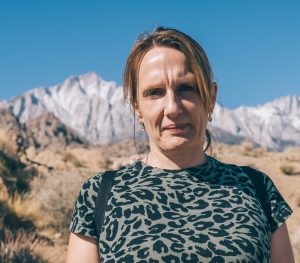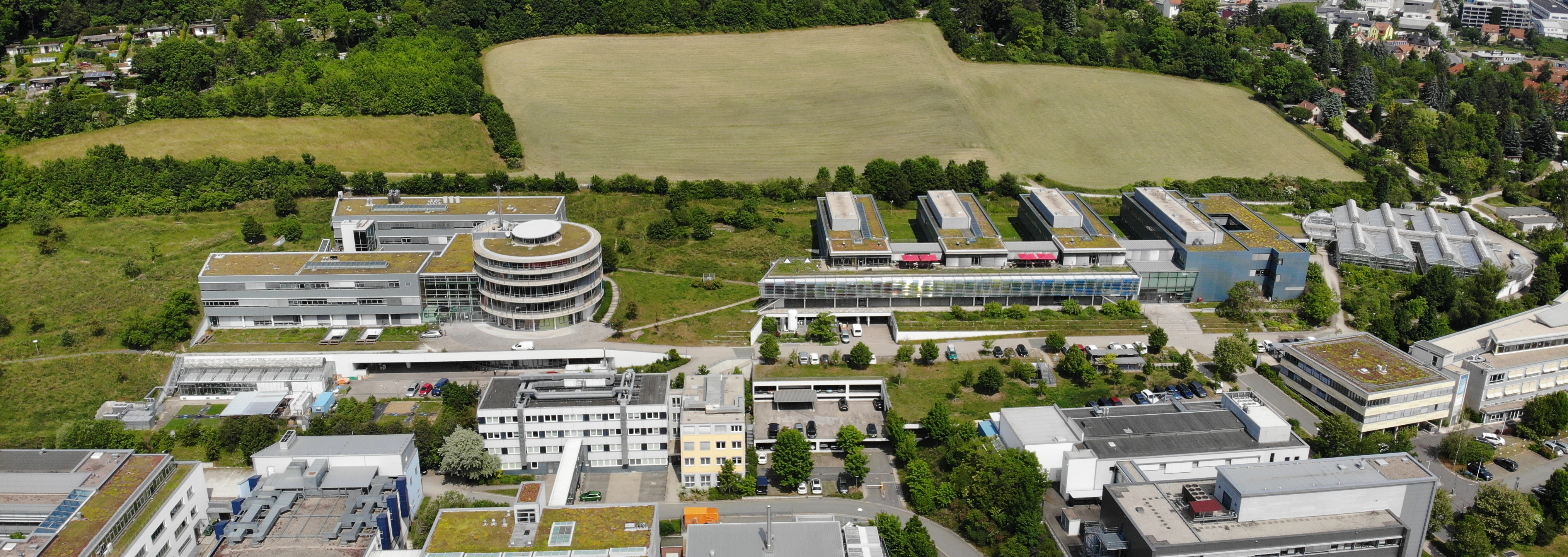
Carbon Cycling in the Dark – Biogeochemistry during the Polar Night
2nd June 2022 | 2.50 pm – 3.05 pm
Hans-Knöll-Straße 10, 07745 Jena, Germany
BGC Lecture Hall
Zoom: will be provided
Session 2 – Processes shaping biosphere-atmosphere interactions (Susan Trumbore, moderator)
2nd June 2022 | 1.30 pm – 3.30 pm
Abstract
Rapid climate change threatens the stability of immense amounts of organic matter that have accumulated in Arctic permafrost (perennially frozen soils) over millennia. As permafrost thaws, soil microorganisms and water gain access to this ancient pool of carbon and facilitate its conversion to greenhouse gases – processes that may further accelerate climate change and derail mitigation efforts. However, the magnitude and timing of carbon emissions from permafrost remain highly uncertain. This is in part because observations have largely focused on the short Arctic summer.
Here I show how we have been studying the impact of climate change on permafrost carbon at long-term climate manipulation experiments and across landscape gradients. We have developed the ability to measure permafrost carbon emissions directly by collecting carbon dioxide from soils and using radiocarbon analysis to distinguish ancient permafrost carbon from other carbon that more rapidly cycles between plants, soils, and the atmosphere.
By expanding measurement capabilities into the polar night, we find that soil microorganisms access a much greater variety of carbon sources than previously expected from laboratory incubation experiments and field studies conducted during the growing season. While air temperatures plummet in autumn, soils do not completely freeze until mid-winter. We observe that the age of soil carbon dioxide shifts from modern to increasingly older – suggesting that microorganisms become disconnected from fresh carbon inputs and rely on locally available, older soil carbon. This means that autumn and winter, periods during which carbon emissions have been increasing across the Arctic, are when significant amounts of ancient permafrost carbon are transferred into the modern atmosphere. Future integration of our measurement with year-round observations of land-atmosphere carbon fluxes finally allows direct monitoring of permafrost carbon emissions across the Arctic region.
Biography
Dr. Claudia Czimczik is a biogeochemist who studies the role of land ecosystems in the global carbon cycle and Earth’s climate system. She is a Professor of Earth System Science at the University of California in Irvine, USA, where she started as a postdoctoral fellow in Prof. S. Trumbore’s research group. She has a passion for healthy soils and outdoor education that began at Bayreuth University during her studies of geo-ecology. Following this, under the mentorship of Prof. E.-D. Schulze at the Max-Planck-Institute for Biogeochemistry, she investigated the impacts of forest fires on soil carbon dynamics in Siberia, and received a doctorate degree from Friedrich-Schiller-University Jena.
Her current research interests focus on understanding the vulnerability of the large amounts of organic matter sequestered in permafrost soils in the Arctic to climate change. Other work explores the impact of changing wildfire patterns on carbon cycling in soils, air quality, and climate as well as the use of plants as biomonitors for verifying decarbonization efforts of cities. In her work, she combines field observation with geochemical analyses, i.e., measurements of radiocarbon in plants, soils, greenhouse gases, and airborne particulate matter.
